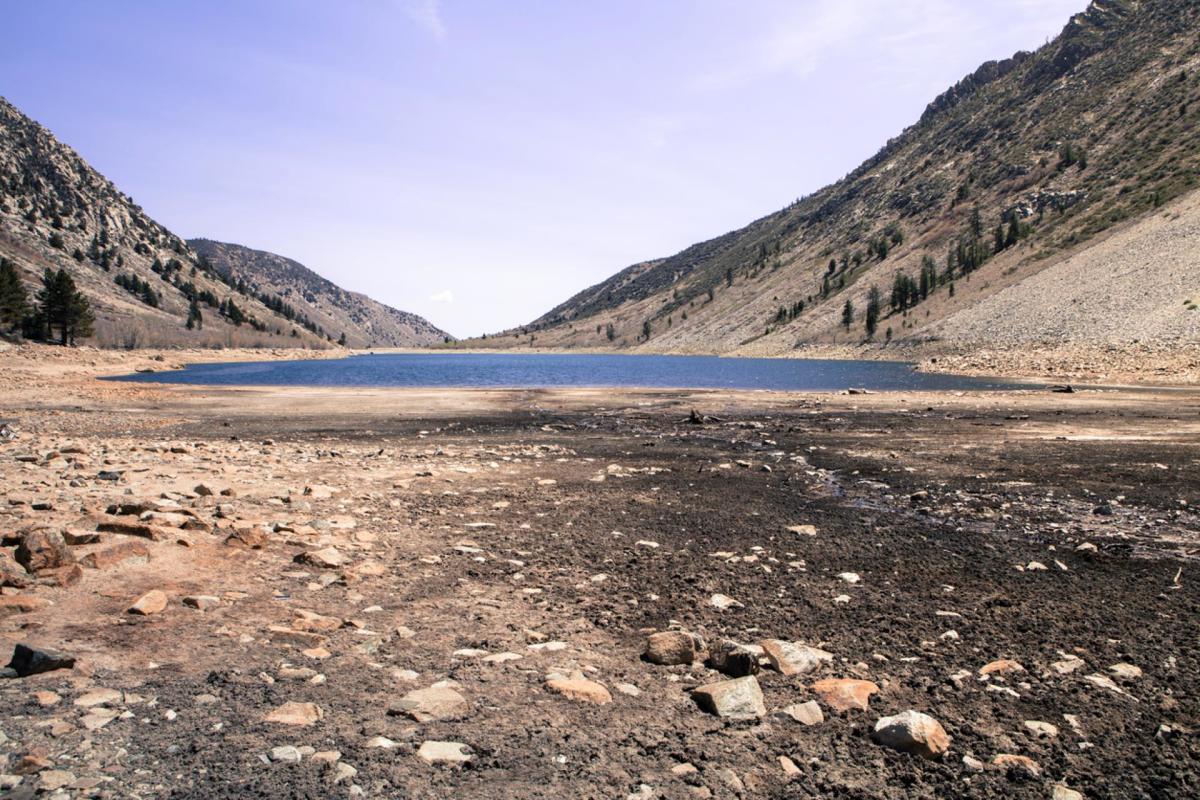Oysters are a Tallahassee tradition.
Leroy Milligan would know. He has been in the oyster business for more than 50 years and can tell the difference between an oyster from Texas and an oyster from Apalachicola Bay.
The (farmed) Apalachicola oyster wins time and time again.
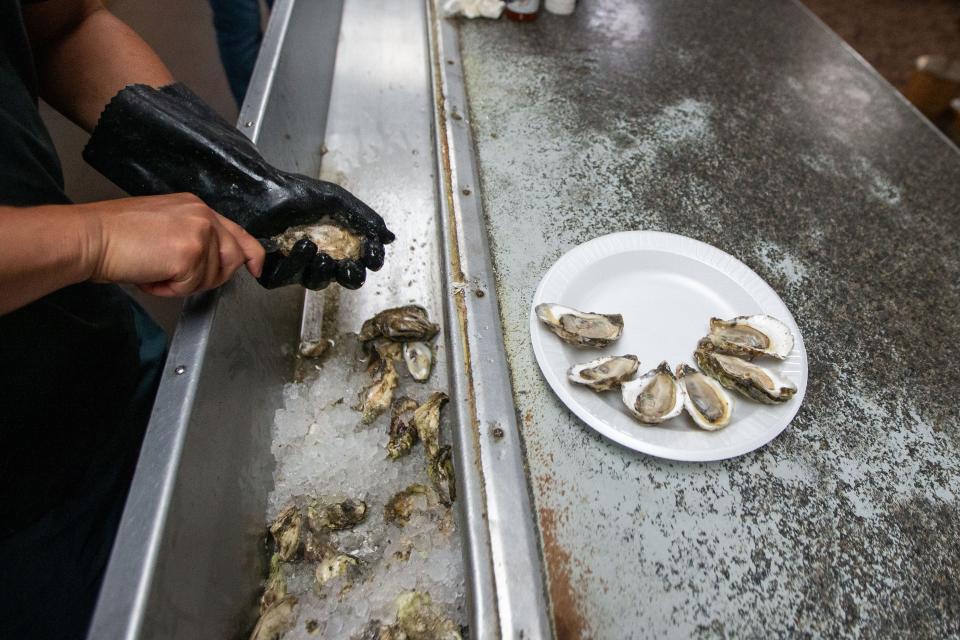
“The oysters still had the same taste,” he said. “The price of it? Of course that has changed.”
Milligan, the owner of Shell Oyster Bar, remembers a time when a dozen oysters cost $1 per dozen. Now in some places around Tallahassee a dozen on a half shell can cost $24.
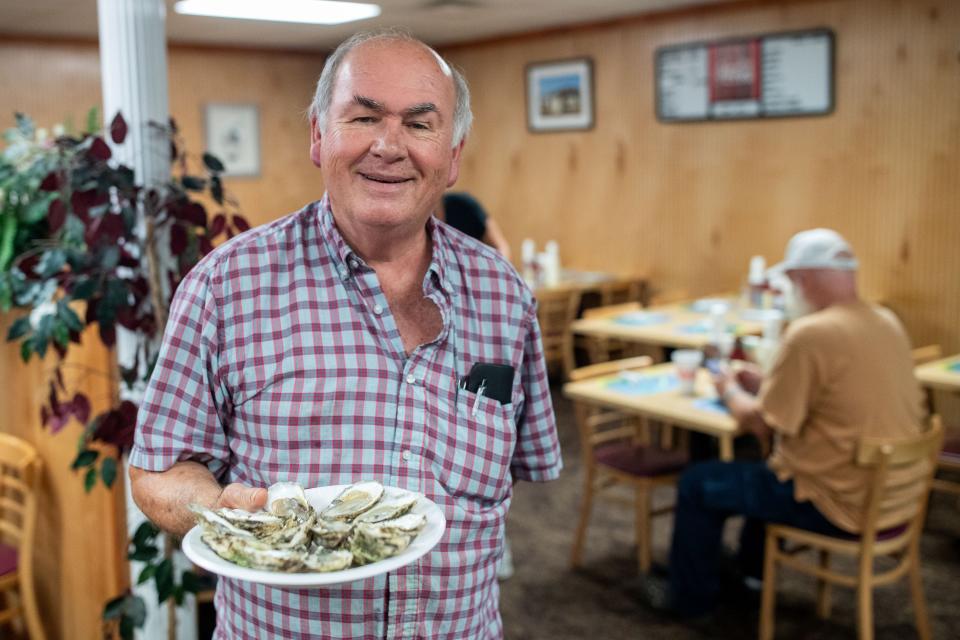

But that hasn’t stopped locals from buying the bivalves, even during months without an “R,” when raw oysters were historically thought to be unsafe to eat due to higher temperatures.
They are actually for parties, holidays and any special occasion.
“A true initiation ritual in North Florida is eating a raw oyster. It takes a certain steely toughness to swallow what looks like a blob of snot. But once you do, you may be hooked for life” , wrote Democrat writer Gerald Ensley in 2015.
Milligan is an expert when it comes to the salty sea delicacy, especially those from Florida. Ceday Key oysters are larger, but Apalachicola oysters are easier to shuck.
“You knock the top off that thing like nothing happened,” he said.
Shell was founded in the 1930s in a former gas station on South Monroe Street and until 1992 sold only raw oysters and small bottles of soda. When Shell moved to FAMU Way, Milligan added fried oysters, plus scallops, shrimp, grouper and other seafood to the store. menu.
“Such ‘dives’ attract legislators and lawyers, construction workers and students, who sit elbow to elbow and gulp down the salty ‘pearl flowers’ in total conviviality,” Ensley wrote.
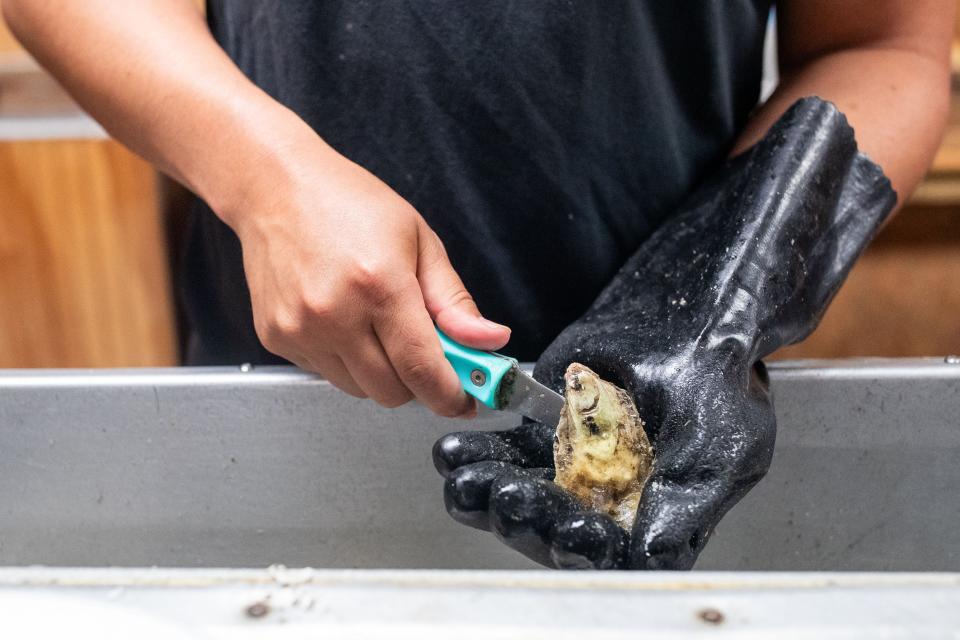

How to shuck an oyster
When Milligan first got into the oyster business, he said he wasn’t “very good” at shucking oysters.
Now he’s a professional, even though he doesn’t eat oysters anymore (he guesses he just “got tired of them”).
His instructions: “All you have to do is break that shell, take a knife, go right past it, and the shell will come right off.”
Milligan remembers when lawmakers bought them by the bag during spring sessions for major parties. Now, September through December, football season and the holidays, are the busiest months for oyster sales, said Matt McCreeless, general manager of Southern Seafood.
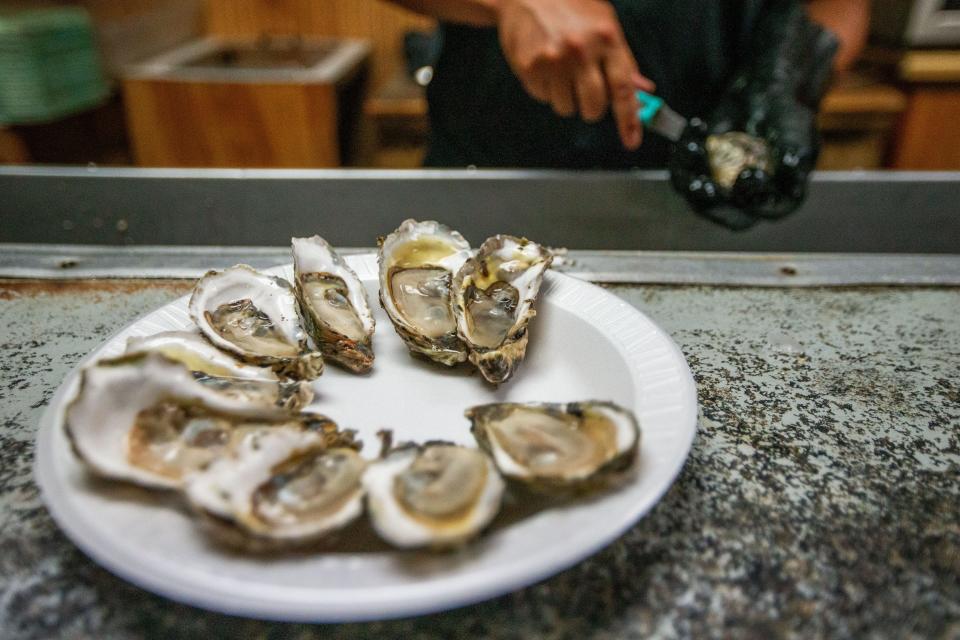

The most popular oysters are those from the Gulf of Mexico, including from Texas and Louisiana, he said.
“Anytime there’s an occasion to celebrate in this part of the country, oysters are very popular,” he said. “It’s kind of a cultural thing here, it’s been that way for as long as I can remember.”
The collapse of the Apalachicola oyster
But life has been hard for the Apalachicola Bay oyster.
While people have been harvesting oysters from the bay since 1836, oyster harvests fell 99% between 2013 and 2019 after years of drought damaged the Apalachicola-Chattahoochee-Flint watershed, which flows into the bay.
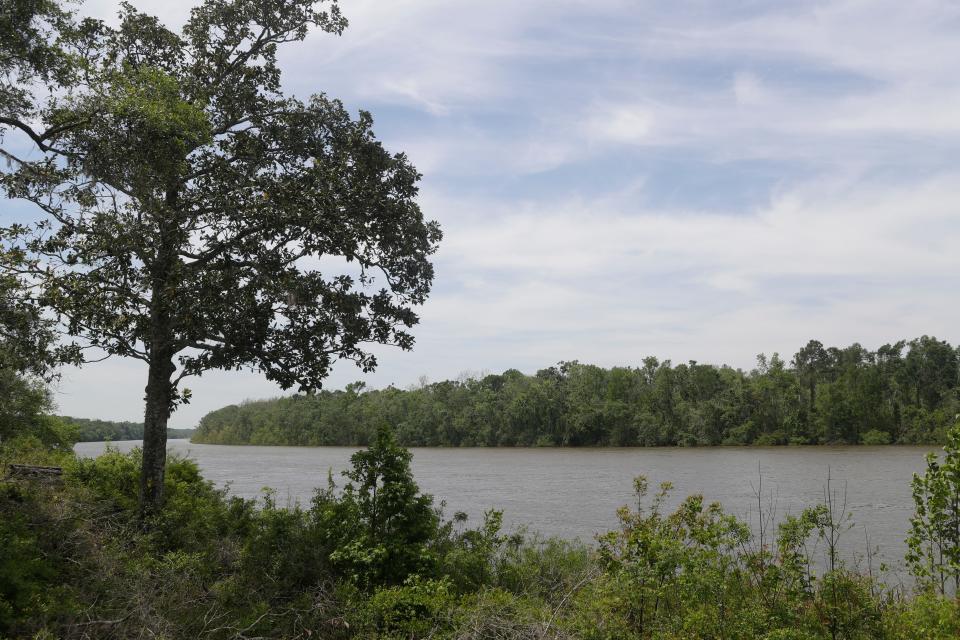

The waterway has been a point of contention between Florida, Georgia and Tennessee, which have been debating how to allocate the water at the Supreme Court.
“Low freshwater flow from the ACF Basin, which coincided with an extended drought from 2010 through most of 2012, was most likely the tipping point for the oyster collapse,” according to a presentation from the Florida Fish and Wildlife Commission in 2020.
Farmed oysters are still available, but in 2020 a five-year moratorium on wild oyster harvesting was introduced to try to revive the fragile ecosystem that supports oyster reefs. By spring 2026, Apalachicola Bay should be open for oyster harvest.
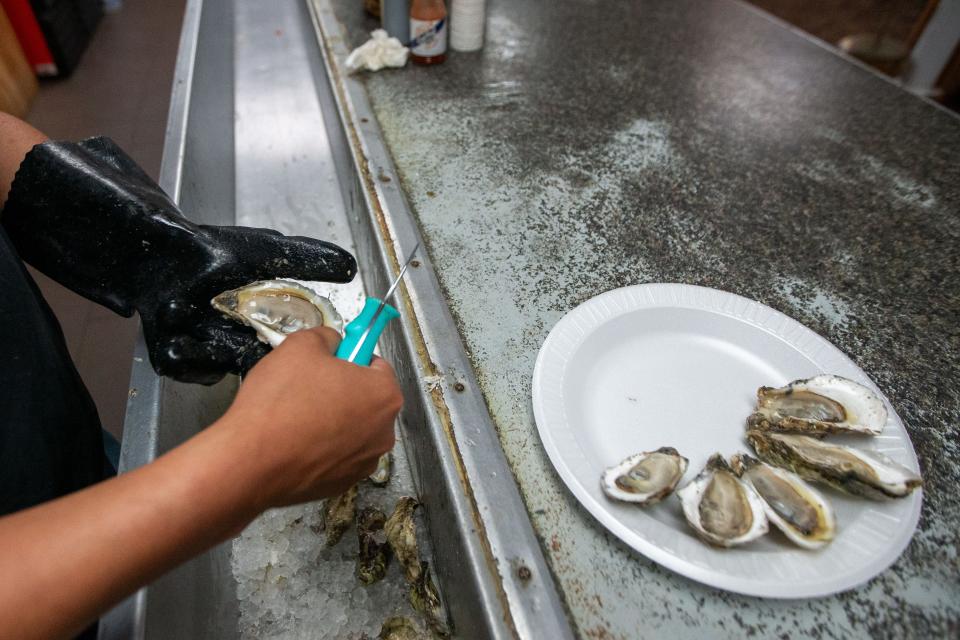

“When they open it,” Milligan said cautiously. “They’ll probably have to limit what you can get.”
And then there’s the threat of exploratory drilling in Calhoun County, at a well located between the Apalachicola River and the Chipola River.
As previously reported in April, the Florida Department of Environmental Protection issued a notice of intent to grant Clearwater Land & Minerals FLA a permit to drill at the site. It has drawn criticism from both sides of state lawmakers, with opponents saying the exploratory drilling could cause catastrophic environmental damage to the river and its floodplains and habitat around it.
But “they’re going to do what they want to do,” Milligan said. “It doesn’t make any difference what we say, it doesn’t seem like it.”
This story is part of TLH 200: The Gerald Ensley Bicentennial Memorial Project. During our city’s 200th anniversary, we will draw on the research of the Tallahassee Democrat columnist and historian as we re-examine Tallahassee’s history. Learn more at tallahassee.com/tlh200. Ana Goñi-Lessan can be reached at agonilessan@gannett.com.
This article originally appeared on Tallahassee Democrat: Oysters, the Tallahassee way: History, hope and drilling, drought threat



